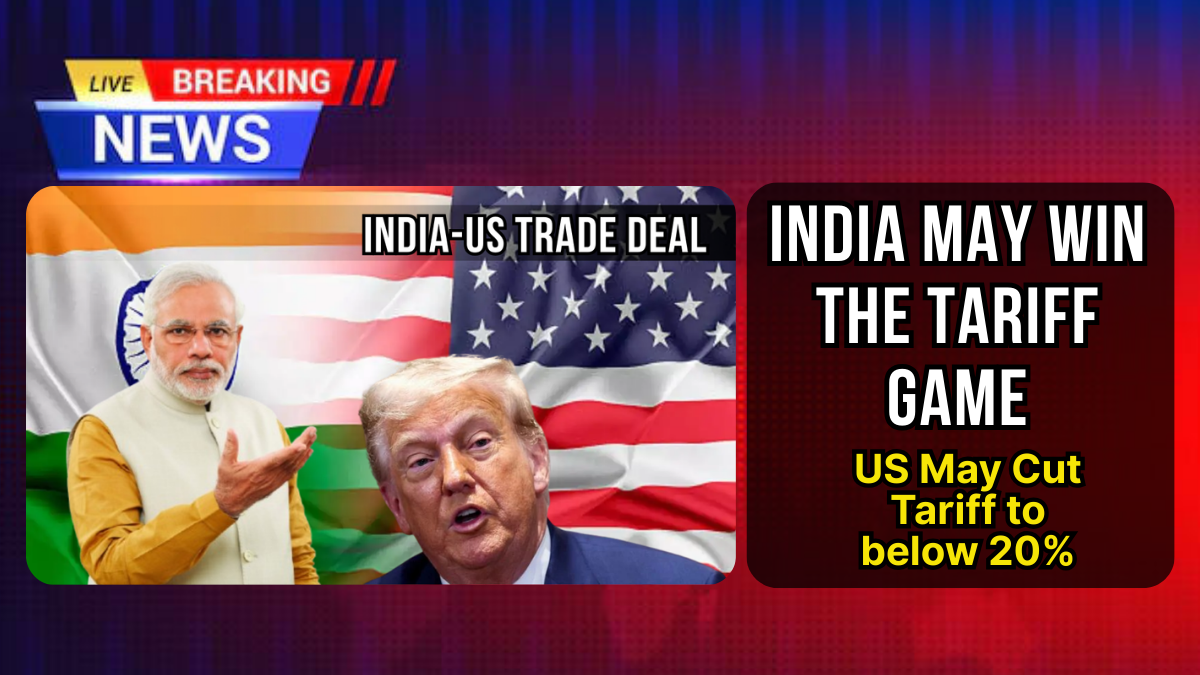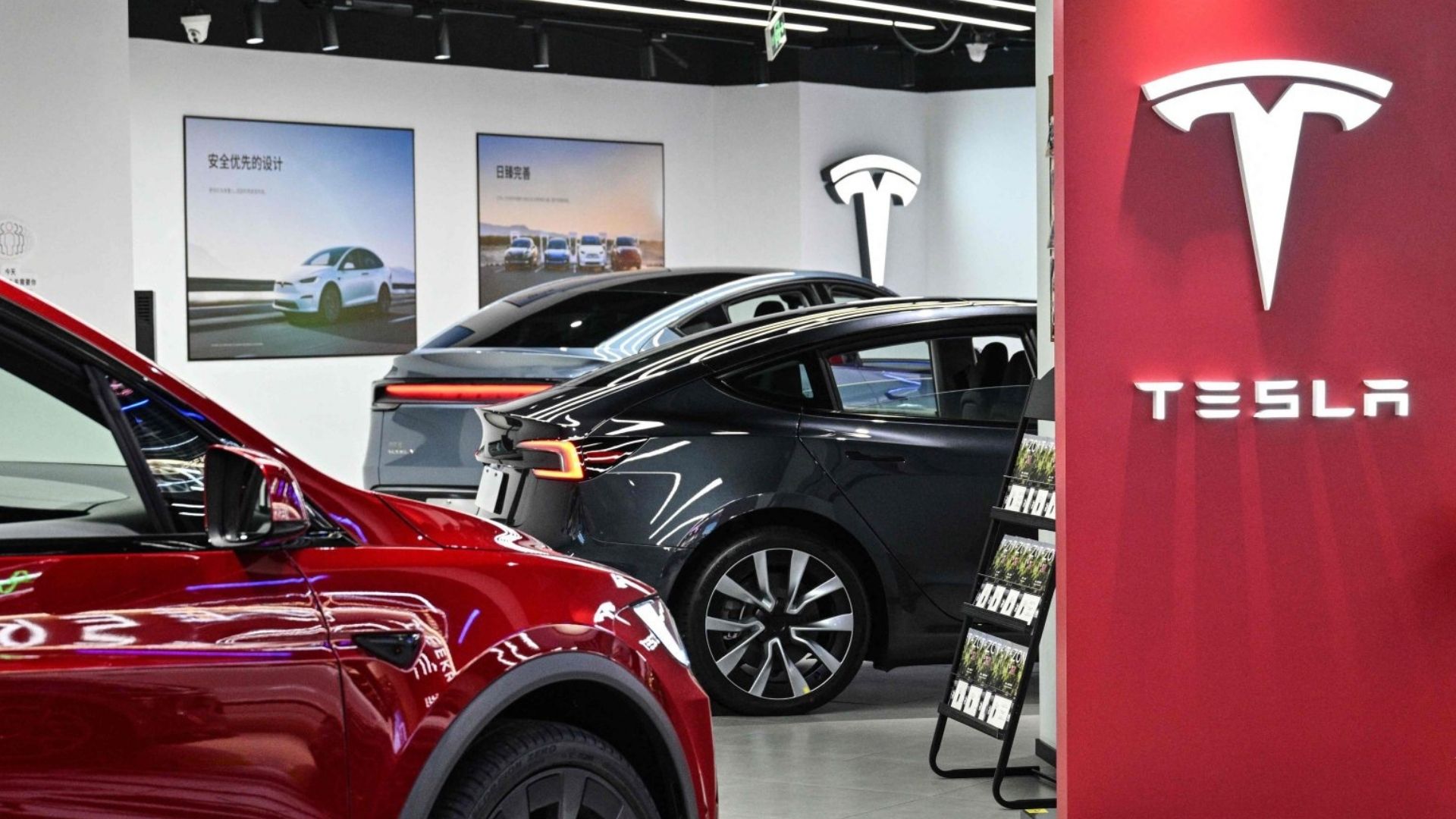The global trade landscape is shifting rapidly, and India appears to be positioning itself as a key winner. Reports suggest the Trump administration is considering an interim trade agreement that could set tariffs on Indian goods below 20% a significantly more favorable rate than many other nations are receiving.

This potential deal comes at a crucial time when the US is imposing steep tariffs on multiple countries, with some facing rates as high as 50%. For India, securing a sub-20% tariff rate could provide a substantial competitive advantage and strengthen its position as a preferred trade partner for the United States.
The Current Trade Landscape: Winners and Losers
The Trump administration has been aggressive in implementing new tariff structures across various trading partners. The approach has created clear winners and losers in the global trade arena.
Countries Facing High Tariffs
Several nations have already been hit with significant tariff increases:
- Brazil and Myanmar: Up to 50% tariffs
- Laos: 40% tariffs
- Vietnam and the Philippines: 20% tariffs
These steep rates represent a major shift from the previous baseline tariff of 10% that most US trade partners enjoyed.
India’s Advantageous Position
India’s potential tariff rate of below 20% would place it in an enviable position compared to regional competitors. This rate is notably lower than the 26% initially proposed and significantly better than what other Asian nations are experiencing.
The proposed interim deal would allow India to join the United Kingdom as one of the few nations with a formal trade agreement under the current US tariff regime. This exclusive status could provide Indian exporters with substantial cost advantages in the American market.
Key Sectors That Could Benefit
If the India-US trade deal materializes, several Indian industries stand to gain significantly from the reduced tariff burden.
Textiles and Apparel
India’s textile industry, already a major global player, could see increased competitiveness in the US market. Lower tariffs would make Indian textiles more price-competitive compared to products from countries facing higher tariff rates.
Electronics Manufacturing
The electronics sector, which India is actively promoting through various incentive schemes, could benefit from improved market access. Reduced tariffs would support India’s goal of becoming a global electronics manufacturing hub.
Pharmaceutical Industry
India’s pharmaceutical sector, known for generic drug manufacturing, could maintain its competitive edge in the US market. However, regulatory challenges in this sector remain one of the unresolved issues in the negotiations.
Sticking Points in the Negotiations
Despite the positive outlook, several contentious issues remain unresolved between the two nations.
Genetically Modified Crops
The most significant sticking point involves the US demand for India to open its market to genetically modified (GM) crops. India has firmly rejected this demand, citing concerns about risks to its farmers. This position reflects India’s commitment to protecting its agricultural sector and food security concerns.
Non-Tariff Barriers in Agriculture
Beyond tariffs, both countries are grappling with non-tariff barriers that affect agricultural trade. These include various regulatory requirements, standards, and procedures that can impede trade flows.
Pharmaceutical Regulatory Processes
The pharmaceutical sector faces ongoing challenges related to regulatory processes and approval mechanisms. These issues need resolution to ensure smooth trade in this critical sector.
The Interim Deal Strategy
The proposed interim agreement represents a strategic approach to managing complex trade negotiations. Rather than waiting for a comprehensive deal, both countries appear willing to establish a framework that provides immediate benefits while allowing continued negotiations.
Benefits of the Interim Approach
This strategy offers several advantages:
- Provides immediate tariff relief for Indian exporters
- Maintains momentum in trade negotiations
- Allows time to resolve complex issues
- Demonstrates goodwill between both nations
Timeline and Expectations
Reports indicate that a team of Indian trade officials is set to visit Washington to finalize the agreement. While Trump has suggested that an agreement with India is close, the exact timeline remains uncertain.
The interim deal could serve as a bridge until a comprehensive trade agreement, which might be completed by late 2025 or early 2026.
India’s Strategic Positioning
India’s approach to these negotiations reflects its broader strategic goals in international trade.
Final Offer and Non-Negotiables
India has reportedly made its final offer to the Trump administration and outlined its non-negotiable positions. This includes strong positions on agriculture, digital trade, and pharmaceuticals.
The country’s firm stance on genetically modified crops demonstrates its commitment to protecting domestic agricultural interests, even in the face of significant trade benefits.
BRICS Membership Considerations
While negotiations progress, Trump has also suggested additional tariffs regarding India’s participation in the BRICS group. This adds another layer of complexity to the trade discussions and highlights the intersection of trade and geopolitical considerations.
Regional Competitive Advantages
The potential sub-20% tariff rate would give India significant advantages over regional competitors.
Comparison with Vietnam
India is actively seeking a more favorable deal than the one Vietnam received, which included 20% tariffs. Vietnam is now seeking a revision of its agreement, highlighting the importance of securing favorable initial terms.
Broader Asian Context
With tariff rates for Asian nations ranging from 20% to 40%, India’s potential sub-20% rate would represent the most favorable terms in the region. This could help redirect some manufacturing and export activities toward India.
Economic Implications
The trade deal’s economic implications extend beyond immediate tariff savings.
Export Competitiveness
Lower tariffs would enhance the competitiveness of Indian exports in the US market, potentially leading to increased trade volumes and economic growth.
Investment Flows
A favorable trade agreement could also encourage increased US investment in India, as businesses seek to leverage the improved trade terms.
Global Supply Chain Integration
The deal could strengthen India’s position in global supply chains, making it a more attractive destination for companies looking to diversify their manufacturing bases.
What This Means for Global Trade
The India-US trade negotiations reflect broader trends in global trade relationships.
Bilateral Trade Agreements
The focus on bilateral agreements represents a shift from multilateral trade frameworks, allowing for more targeted and specific trade arrangements.
Strategic Partnerships
Trade agreements are increasingly viewed as tools for strengthening strategic partnerships rather than purely economic arrangements.
The Path Forward
As negotiations continue, several factors will determine the ultimate success of the India-US trade deal.
The interim agreement approach provides a practical path forward, allowing both countries to realize immediate benefits while working toward a comprehensive solution. For India, securing a sub-20% tariff rate would represent a significant diplomatic and economic victory.
The deal’s success will depend on both countries’ ability to find common ground on contentious issues while maintaining their core interests. India’s firm stance on agricultural issues and the US’s broader trade objectives will need to be balanced to achieve a mutually beneficial agreement.
For Indian businesses and exporters, the potential deal represents an opportunity to strengthen their position in one of the world’s largest markets. The competitive advantage from lower tariffs could drive growth across multiple sectors and support India’s broader economic development goals.
The coming weeks will be crucial as negotiators work to finalize the terms and convert the potential agreement into concrete benefits for both nations.
FAQs
Q. What is the significance of the India-US trade deal?
A. The trade deal between India and the US is significant as it aims to reduce tariffs and enhance trade between the two countries. Lower tariffs, particularly below 20%, could give India a competitive edge over other regional exporters and boost economic growth in various sectors.
Q. How will the reduced tariffs benefit India?
A. Reduced tariffs would make Indian goods more competitive in the US market by lowering their overall cost. This could drive an increase in exports, support job creation, and provide additional opportunities for industries like textiles, agriculture, and manufacturing.
Q. What industries are likely to benefit from the new trade deal?
A. Key industries likely to benefit include textiles, pharmaceuticals, agricultural products, and manufacturing sectors. These industries stand to gain from increased market access and reduced costs associated with lower tariff rates.
Q. When will the trade deal be finalized?
A. Negotiators are currently working to finalize the terms of the deal. While there is no set timeline, the coming weeks are expected to see significant progress as both countries aim to conclude the agreement.
Q. How does this trade deal compare to regional competitors?
A. India’s potential tariffs below 20% will be significantly lower than the rates faced by many of its regional competitors. This will give Indian exporters a distinct advantage in accessing the US market more affordably and competitively.
For More Information Click HERE










